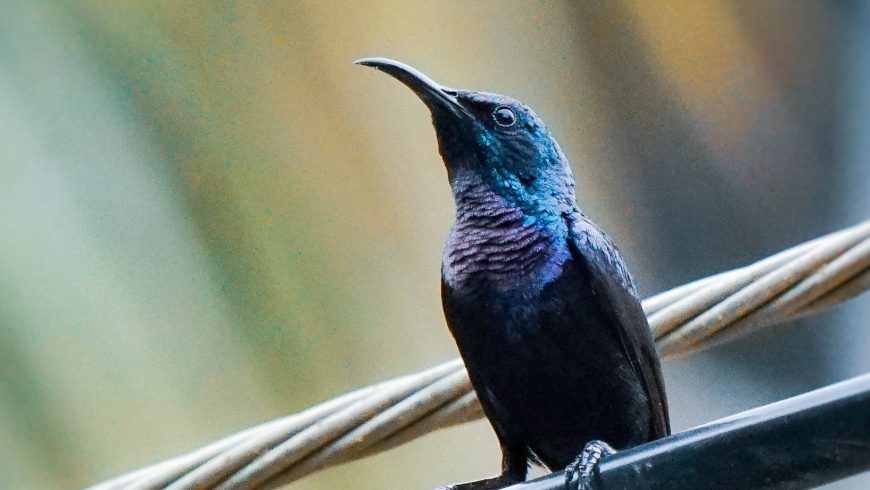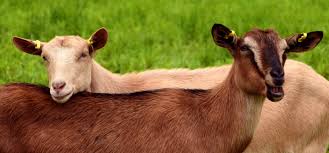Bipul Phukan
College of Fisheries, Assam Agricultural University, Raha
Introduction:
Birds are the beauty of nature. The magnificent colours nature has chosen for birds are rarely observed in other vertebrates. Birds stand unique in the ecosystem through their functional roles and ecosystem services they provide to the nature and human. Birds are observed almost in all the habitats (from the desert to the sea), occur worldwide (all the continents), are ecologically diverse, and are better known and studied than other vertebrate groups (Whelan et al., 2015). With a few exceptions (ostriches, Struthionidae, kiwi, Apterygidae, penguins and Spheniscidae), most bird species can fly, and for the general public, birds are the only animals wearing feathers (an evolution from reptilian scales). As compared to other taxa, e.g., insects, bird species are not particularly numerous. Approximately 10,000 species of birds have been described so far. Among the 10,000 bird species living on the earth, around 5% (i.e., 560) need imperatively freshwater habitat to satisfy at least one of their life history traits. About 11 families could even disappear, if their wetland habitat is lost. About 10% (58) of them can be considered as endemic. Africa contains the biggest number of endemic (20) species and more precisely, Madagascar. Among freshwater species, ducks and geese have a major importance in human activities in northern hemisphere related to food resources (hunting) or birding (Dehorter and Guillemain, 2008). Nearly one in five bird species has separate breeding and overwintering distributions, and the regular migrations of these species cause a substantial seasonal redistribution of avian diversity across the world (Somveille et al., 2013).
Functional Roles:
Birds play numerous functional roles in any ecosystem they live. Some of them are:
- Pest control: Many studies revealed that the presence of birds helps in controlling pests in crops by 34-98%. Barn Swallows can consume as many as 60 insects an hour. Experiments in Jamaica showed that the presence of birds led to a decrease in insect pests and increased the amount of saleable crops, leading to an increase in farm profits of up to $310 per hectare per year (Johnson et al., 2010). Similarly, the construction of nest boxes for Great tits in apple orchards has been shown to lead to greater numbers of birds in the area, which forage on caterpillars that can cause damage to crops, resulting in significantly higher crop yields.
- Nutrient cycling and Pollination: Birds guano (excrement of sea birds and bats) is a rich source of nutrients for plant productivity. Due to migratory nature of birds, they spread nutrient from nutrient rich soils to other areas through their guano, and help providing some critical or limited nutrients. The freshwater migratory birds are critical components of freshwater wetland for its productivity. Similarly, due to their different activities, they visit several habitats and help spread pollinations in plants and spread seeds from one ecosystem to other through their guano.
- Sanitize the nature: Some birds are scavengers. They remove dead animals by scavenging on it. Vultures are one of the beautiful creatures on earth. Vultures can remove up to 25% of the organic waste produced by human (Gangoso et al., 2013).
Some common birds sighted around us:
- White breasted Kingfisher: The white–throated kingfisher(Halcyon smyrnensis), also known as the white–breasted kingfisher, is a tree kingfisher widely distributed in Asia. This species mainly feeds on fish, frogs, crustaceans, snakes, insects, earthworms, small birds, etc. They are commonly observed in any freshwater habitat.
- Black Kite: The black kite (Milvus migrans) is a scavenger but often it is considered as opportunistic hunter or scavenger. The black kite is widely distributed through the temperate and tropical parts of Eurasia and parts of Australasia and Oceania, with the temperate region populations tending to be migratory and the tropical ones are resident. They have powerful legs as they often observe flying down with their legs lowered to snatch small live prey, fish, household waste or dead animal.
- Pallas’s Fish Eagle: This beautiful bird is enlisted as Endangered in IUCN red list. Its main foods are large freshwater fish, small water birds, small mammals, etc. They are found in Asian sub-continent.
- Blue tailed Bee-eater: the Blue tailed Bee-eater (Merops philippinus) is a strikingly colourful bird. They are widely distributed in South and Southeast Asia. They are mostly observed feeding on bees and dragonfly. They are found in almost all ecosystems near wetlands, grasslands, freshwater ponds etc.
- Plaintive Cuckoo: The plaintive cuckoo (Cacomantis merulinus) is a small beautiful bird native to Asia and mainly found inhabiting in forest edge, open woodland, scrub, grassland. The male has several plaintive whistling calls. These include an ascending series of three-note phrases and a series of 11 or 12 descending notes.
- Red-wattled Lapwing: The red-wattled lapwing (Vanellus indicus) is an Asian lapwing or large plover, a wader. They are mostly observing in agricultural land, grass land ecosystem.
- Jungle Babbler: The jungle babbler (Argya striata), popularly known as “Seven sisters” as they forage in groups, are native to the Indian subcontinent. The jungle babbler’s habitat is forest and cultivation. This species, like most babblers, is non-migratory, and has short rounded wings and a weak flight.
- Cinereous tit: The cinereous tit (Parus cinereus) is a small bird mainly observed in pairs or in a small group. They are highly restless as they feed on insects, e., caterpillars, bugs and beetles, etc. They have a sharp singing rhythm.
- Coppersmith Barbet: The coppersmith barbet (Psilopogon haemacephalus), is a resident of the Indian subcontinent. They can provide a sound known for its metronomic call that sounds like a coppersmith striking metal with a hammer. The coppersmith barbet prefers banyan, peepul and other wild figs, various drupes and berries, and occasionally insects.
- Scally breasted Munia: They are quite small and strikingly beautiful songbirds native to Asia. They are found almost in all ecosystems, mainly in agricultural land, grass ecosystem, etc.
- Purple Sun bird (Male): The purple sunbird (Cinnyris asiaticus) is a small songbird in the sunbird family found mainly in South and Southeast Asia but extending west into parts of the Arabian peninsula. The song of purple sunbird is a rapid rattle followed by ringing, metallic notes. Other call notes include a “chwit” or “chwing!” notes.
- Grey Headed Canary Flycatcher: The grey-headed canary-flycatcher (Culicicapa ceylonensis) are commonly observed in pairs and are native to tropical Asia. The grey-headed canary-flycatcher is an insectivore. They are observed in the forest areas.
References:
Dehorter, O., Guillemain, M. (2007). Global diversity of freshwater birds (Aves). In: Balian, E.V., Lévêque, C., Segers, H., Martens, K. (eds.), Freshwater Animal Diversity Assessment. Developments in Hydrobiology, Vol. 198. Springer, Dordrecht. https://doi.org/10.1007/978-1-4020-8259-7_60.
Gangoso, L.; Agudo, R.; Anadón, J.D.; de la Riva, M.; Suleyman, A.S.; Porter, R. and Donázar, J.A. (2012). Reinventing mutualism between humans and wild fauna: insights from vultures as ecosystem services providers. Conservation Letters, 6(3), 172–179. doi:10.1111/j.1755-263x.2012.00289.x
Johnson, M.D.; Kellermann, J.L. and Stercho, A.M. (2010). Pest reduction services by birds in shade and sun coffee in Jamaica. Animal Conservation, 13(2): 140 – 147. doi:10.1111/j.1469-1795.2009.00310.x
Somveille, M.; Manica, A.; Butchart, S.H.M. and Rodrigues, A.S.L. (2013). Mapping global diversity patterns for migratory birds. PLoS ONE 8(8): e70907. https://doi.org/10.1371/journal.pone.0070907.
Whelan, C.J.; Şekercioğlu, Ç.H. and Wenny, D.G. (2015). Why birds matter: from economic ornithology to ecosystem services. J Ornithol 156 (Suppl. 1): 227–238. https://doi.org/10.1007/s10336-015-1229-y




